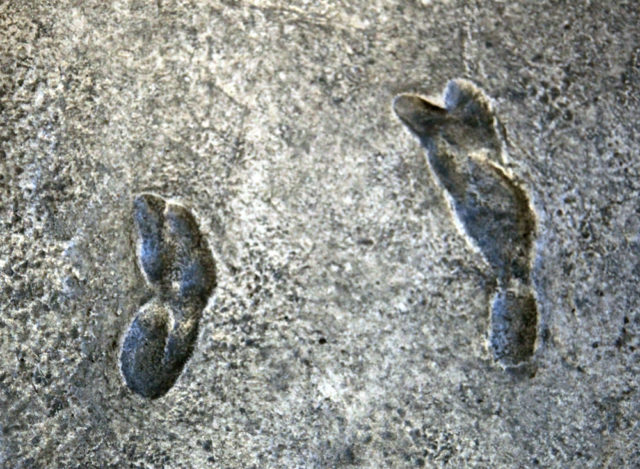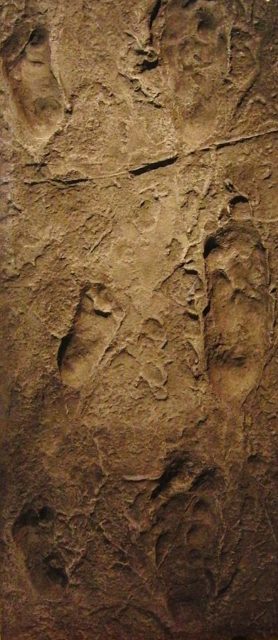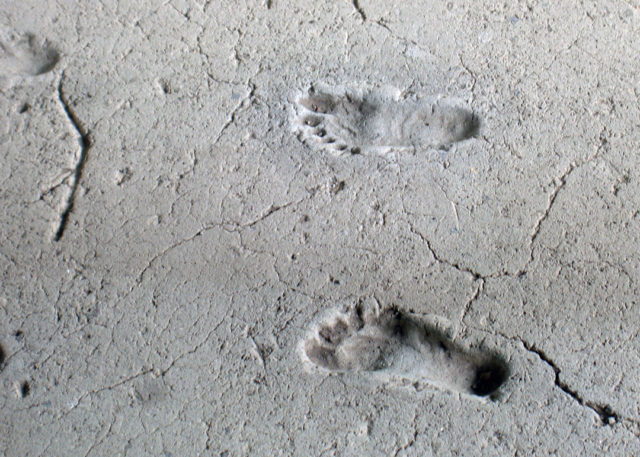When FBI agent Robert King Wittman retired after a more than two-decade-long career in investigating art thefts and crimes, it was estimated that he had recovered more than $300 million’s worth of stolen art and significant cultural artifacts. Wittman investigated theft cases in not only the U.S. but also internationally from Spain to Sweden and Latin America as well, in cooperation with other agents. Some of the works he has helped recover include valuable paintings by such artists as Goya, Rembrandt, and Rockwell.
It’s important to bear Wittman’s career in mind, as it sheds light on how lucrative the theft of a significant work of art might be for the burglars. Some of the most famous cases include the incident in 1911, when the Louvre Museum officials woke up one morning to find a vacant spot in the Salon Carré that was supposed to be taken by the Mona Lisa. This theft became such a scandal that even names such as Pablo Picasso ended up on the list of suspects.
However, while stealing the Mona Lisa makes some sense, making off with a dozen fossil footprints that belonged to some of the early relatives of human beings doesn’t. But that is what happened on the Greek island of Crete, where the thief collected the footprints from the original site where they have been sitting for approximately 5.7 million years.
As it has turned out, the burglar did not quite succeed in hiding his own tracks from authorities. Police arrested him shortly after the crime was announced in September 2017.

Greek news agencies have confirmed that the stolen tracks indeed were part of the authentic collection of some 40 prints located on Trachilos, on Crete. Earlier in 2017, the discovery of these trails marked a significant moment in science and paleontology as it challenged the established narratives of when human beings began walking upright.
The thief reportedly managed to take with him 10 out of the 40 prints. First to notice this act of vandalism was a visitor who happened to be on the site on September 12th. After seeing that entire pieces of rock that should display some of the prints were missing from the location, officials contacted the police.

Following that, officials on behalf of the Natural History Museum of Crete (NHMC) conducted investigations on the spot and confirmed the crime. Just a day after the wrongdoing was confirmed, the police arrested a suspect, aged 55, believed to be connected with the robbery. The ancient missing footprints were retrieved from two distinct locations in the town of Kissamos on Crete, as well as Thessaloniki, the biggest city in the north of Greece.
As Greek news agencies have reported, it is not clear what the motives were of the thief of the ancient footprints. NHMC representatives stated, “If anyone thought that they could profit from this act, they are out of luck.”
The story of the ancient footprints commenced as early as 2002, when Polish paleontologist Gerard Gierlinski stumbled on the traces while holidaying on Crete. However, it would take Gierlinski eight more years to return to Trachilos and further analyze the trails, this time accompanied by another Polish paleontologist, Grzegorz Niedzwidzki.

The paleontologists eventually concluded that the rare tracks had been left by early ancestors of humans. And the results of their findings were revealed on August 31, 2017, in a paper on the subject issued in the international geoscience journal Proceedings of the Geologists’ Association.
The authors remark in the abstract of their publication, “The tracks indicate that the trackmaker lacked claws, and was bipedal, plantigrade, pentadactyl and strongly entaxonic.” They have also not excluded the idea that the prints may belong to a previously unknown kind of primate, who traversed the Earth way earlier than we thought that walking upright was possible.
